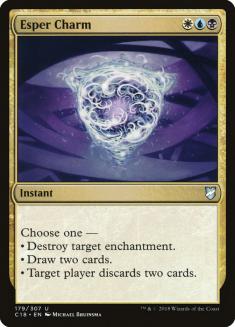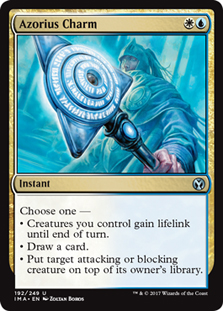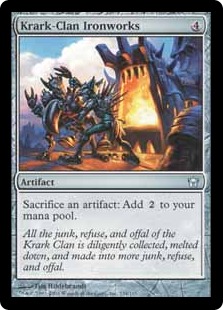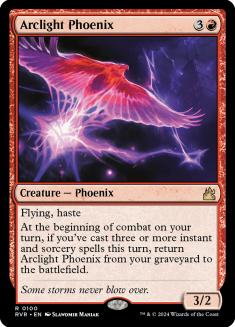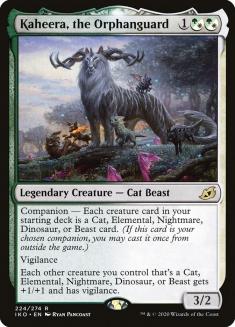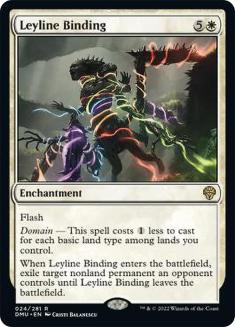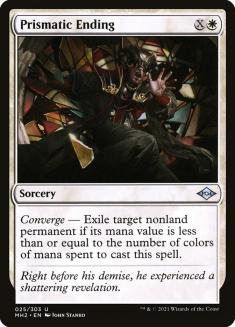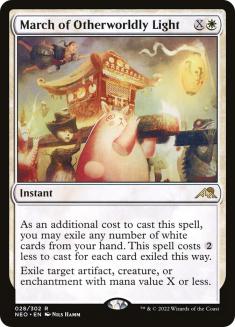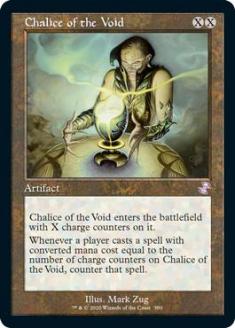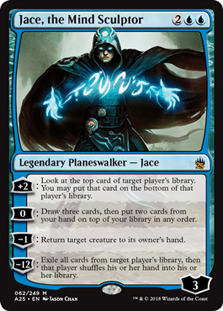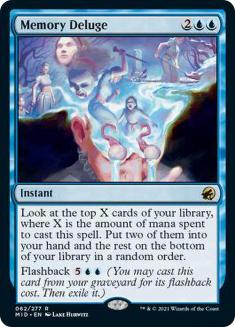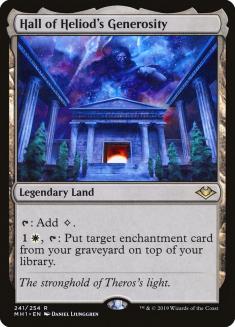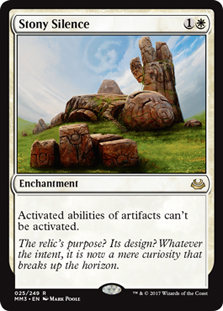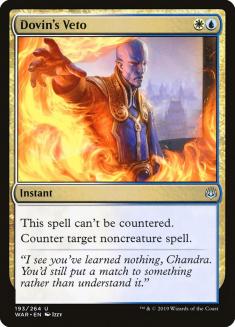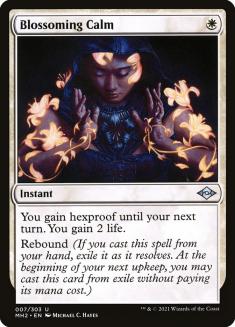I have done a lot of soul-searching in Modern over the years. These spiritual experiences occur right after a rough weekend with Azorius Control, a deck that has been by my side since the format was created. In one of the first events, I was slinging Jace Beleren and Elspeth, Knight-Errant like they were format-defining bombs. That event propelled me back onto the Pro Tour with a strong 13-2 finish and has led to my undying love for the archetype.
Esper Control was my more recent love, a color combination I could not let go of in Standard or Legacy. In Modern, it has always been the dynamic duo of all color combinations, Azorius Control. It had only Path to Exile and a dream then, but now the weapons at its disposal make it a force to be reckoned with. The power level of the format has exploded over the years, and Azorius Control (Kaheera) still has the strength to hang out with the big dogs.
My existential crisis occurs when the deck fails me in a large-scale tournament. At this point in my career, it is not difficult to discern whether it was deck or pilot error. When the deck ceases to adequately handle the metagame, you’ll see me switch to a “best deck” like Izzet Phoenix, or a janky combo deck like Ironworks Combo. In the current metagame with the tools we have, there is no excuse to fire up anything else besides old faithful.
Kickin’ It with Kaheera
I attended my first RCQ a couple of weeks ago and had a blast with Azorius Control (Kaheera). I modified it heavily, based on recent models from a buddy of mine, Bryce Morgan, and recent experience through testing. There were some cards that I have been itching to get rid of since accepting the Chalice of the Void life a couple of years ago. Many of these spells have served me well; however, their weaknesses added up to losses. Removing some of these duds, ramping up the numbers in other categories, and increasing the number of cantrips in the deck has made this version of Azorius Control the most consistent so far.
Creatures (6)
Planeswalkers (6)
Lands (25)
Spells (23)

Removing Removal?
It feels wrong to drop cards that were revered as the strength of Azorius Control (Kaheera). Removal spells continue to gain power, while the format grows in strength and consistency. Among the most noteworthy cuts from the maindeck are a copy of Prismatic Ending and all copies of March of Otherworldly Light. The latter was the weakest of the bunch, but still allowed for lopsided gameplay against the right matchup. With Leyline Binding in town, there was no choice but to kick it to the curb.
Leyline Binding is the best removal spell in the deck. Solitude is still fantastic, Prismatic Ending continues to shine, but Leyline Binding outdoes them both. With a couple of fetchlands, this six-cost removal spell comes down for a single mana. The printed mana value makes it resistant to many enemy effects, another reason why it is the new captain of white disruption. The mana of Azorius Control (Kaheera) needs minimal modification to accommodate it, so the change was seamless and effective.
Dropping one Prismatic Ending hurt some, but I realized that many of the losses were due to an overload of removal spells.
Staying Supreme
Supreme Verdict is still required to handle those aggressive decks that somehow find their way to me in every event. In the RCQ I attended, I went undefeated with this exact list in the Swiss, but was paired against Merfolk in the Top 4.
For any control enthusiast who has played against it, the only chance to ever win is with Supreme Verdict. It typically will take one of those and multiple Solitudes to pull off a win. Unfortunately, I was not able to sequence in that manner, so I had my tournament ended by some fish.
Supreme Verdict is often in the cut conversation, but doing so would be a mistake. Sometimes there are messes that targeted removal cannot clean up, and for that, it serves its purpose.
Voiding the Void
The most liberating modification in this version of Azorius Control (Kaheera) was the removal of Chalice of the Void from the main deck. This is a polarizing card in the control community, and for good reason. There are some games where it hits the battlefield with one counter and the game ends immediately. While that feels nice, the rest of Azorius Control (Kaheera) can win games of Magic without a joker card.
Drawing Chalice of the Void late against most decks can cost you the game. Each remaining spell either disrupts the opponent, removes something, or draws a card. Against the most popular decks, ensuring each card has a solid effect can be the difference between a loss and win. Even in the matchups where Chalice is good, the other spells in Azorius Control (Kaheera) are often as impactful.
That being said, Chalice of the Void does find a home in the sideboard because there are some matchups where it is a game-changer: Burn, Cascade, and others with low curves. When those decks find their way to you, the two copies of Chalice of the Void will come to the rescue. Not having it as a liability in the maindeck has been a huge factor in Azorius Control (Kaheera)’s consistency. The adrenaline that we all have experienced after landing a Chalice of the Void on Turn 2 has blinded us to its efficacy. Once the broken removal arrived, it should have prompted the artifact’s relocation.
Shark!
With each cut comes a new addition to the Azorius Control (Kaheera) family. I saw Bryce adding a ton of Shark Typhoon to the maindeck and I had to try it. Shark Typhoon always overperforms in matchups across the board. Like with other cantrips, its floor is so high that it is difficult for it to be ineffective. I always played two, with a split between maindeck and sideboard or having both in the maindeck at times. It always felt good to draw and use, but adding the third one was an exciting move.
Shark Typhoon helps cycle for land drops, while battling in the air for the control user. This has been an amazing tool to assist against resolved planeswalkers, blocking, and often hard-casting to generate countless win conditions. If you walk by me in a competitive event, you’ll often see a six-cost enchantment sitting on the battlefield in the mid- to late-game. Whenever the opportunity arises, I jam and wish the opponent the best of luck once the air force deploys.
These Are My Memories
The rest of the maindeck has had several adjustments based on the current metagame. With SCG CON Richmond right around the corner, it is important to get the deck in fighting shape. This means finally dropping a beloved Jace, the Mind Sculptor for a Memory Deluge, a good change to diversify the card advantage package with a more resilient producer. I have also returned Dress Down to the mix, giving Azorius Control (Kaheera) five different cantrips on Turn 2 to assist with land drops. This seems like a minor change, but it makes or breaks the deck each time.
Azorius Control (Kaheera) is a juggernaut of a deck if it hits land drops. Control has had this dilemma since I started playing the game. If other decks miss land drops, they find ways to operate with minimal resources. Control did not work that way then, and it does not work that way now. Changes like this improve win percentage, even if they appear subtle.
With all these enchantments in the mix, I’ve added one copy of Hall of Heliod’s Generosity. This has been a surprisingly strong one-of land, much more impactful than I initially thought. A colorless land, in a deck with Leyline Binding and triple blue spells, must be darn good to get a slot. Hall of Heliod’s Generosity delivers on that, allowing Leyline Binding, Dress Down, Shark Typhoon, Rest in Peace, and Stony Silence to return from the graveyard. Having that type of utility on a land earned it a spot, saddening all the Field of Ruin fans out there.
Sideboard: Lockouts
The sideboard has also gone through some changes, but not as many as the maindeck. I still believe strongly in Stony Silence and Rest in Peace as staples for sideboarded games. These enchantments join Chalice of the Void as lockdown hate cards, preventing the opponent from playing the game. Since they have limited application, a sideboard home is best for them. Rest in Peace is still a popular option, but Stony Silence has lost favor. Even decks with Aether Vial or Expedition Map get to feel the hate of this singleton, so use with confidence.
Sideboard: Disruption
The disruption package of Dovin’s Veto, Aether Gust, and Mystical Dispute are also stock sideboard cards in any Modern control deck I develop. These each have matchups where they are best against, but often they have significant crossover.
Sideboard: New Additions
The only addition to the spell suite of the sideboard are the Supreme Verdict and two copies of Blossoming Calm.
Some may say my loss to Merfolk prompted me to include a third Supreme Verdict in the sideboard. To those skeptics, I say maybe, but it is also just good to have. The decks that Supreme Verdict is good against will level the Azorius Control (Kaheera) player if it is not drawn. This is not necessarily the case with other cards. With the power level of the format as high as it is, sweepers are often the only out that can be drawn against certain matchups.
Blossoming Calm is the newest addition to the sideboard and was magical against the Boros Burn player I battled at the RCQ. Even though Chalice of the Void comes in with it against the matchup, it is still an all-star. If Chalice of the Void is on the battlefield, then Blossoming Calm is likely not needed for victory. It is there for those other games, and it singlehandedly wins when used in response to a burn spell. It also has some application against Scapeshift or random hand disruption, but its burn application is the reason why it’s there. That matchup is fairly difficult without it, so I concede the two slots.
This version of Azorius Control (Kaheera) is consistent and ready to defeat most of the Modern metagame. Good luck to you all in Richmond!


